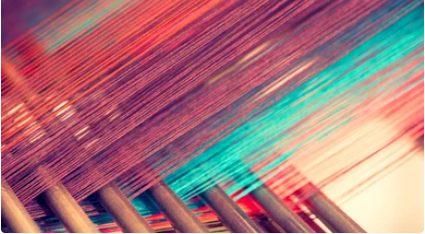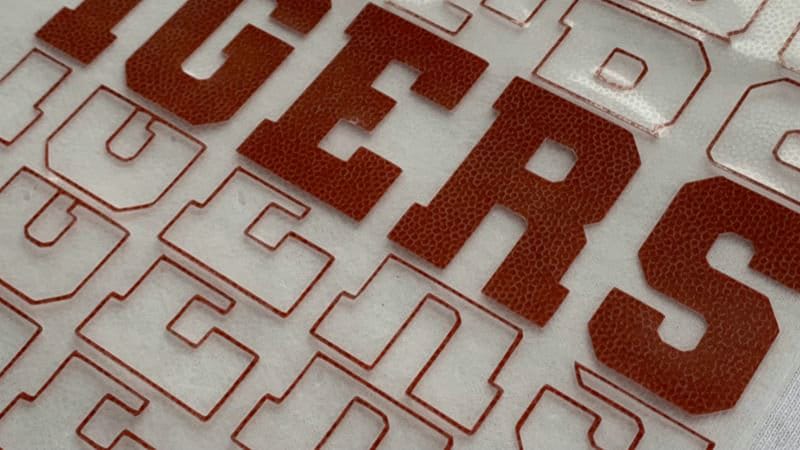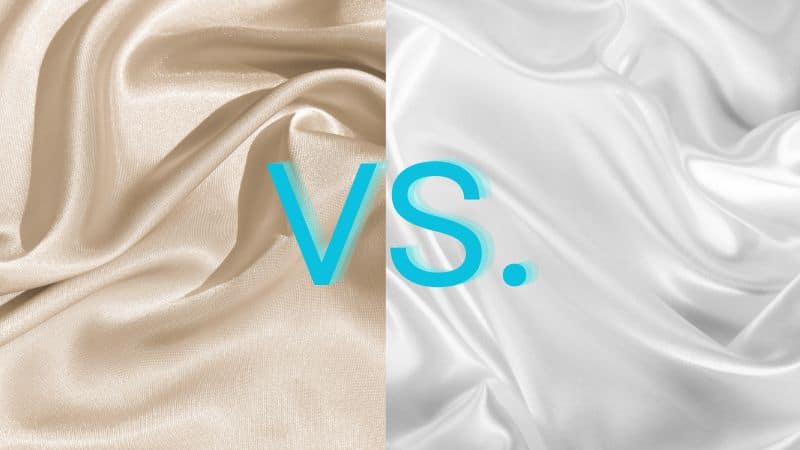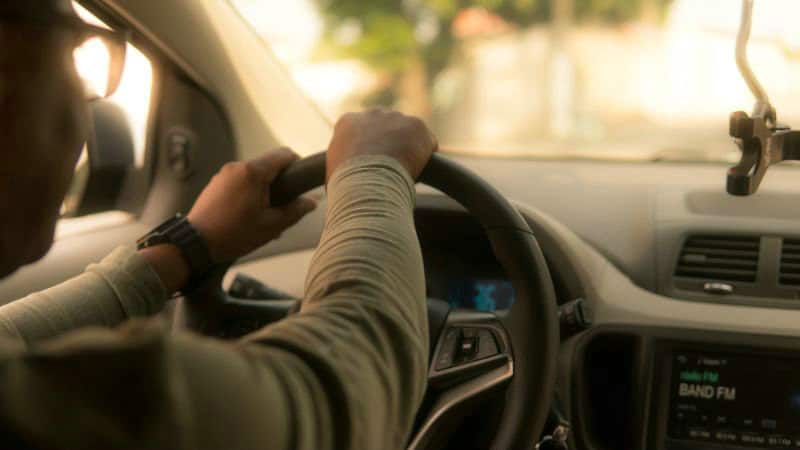
Do you know a type of leather called PU Leather? You may have heard the name before, but don’t know what it is, or you know this but can’t identify what is pu leather and what is the real leather. When you go to the shops, you will be a little bit confused about what type of leather you need to choose.
Actually, PU leather is a common choice to win people’s preference, especially in furniture and upholstery areas. But does pu leather peel?
Today, in this article, you will understand more about PU leather, and you can know the answer to the question after reading it.
Unveiling the layers of leather will allow you to comprehend its unique properties and how it differentiates itself from genuine leather. Dive into its makeup, and you’ll recognize why PU leather is a popular choice in various industries.
What Is PU Leather?
PU leather, or polyurethane leather, is a synthetic alternative to genuine leather. We also called it fake leather. It’s crafted to replicate the texture and aesthetic of real leather using synthetic materials. Despite its leather-like surface, PU leather is essentially made from a combination of polyurethane, a type of plastic, and fabric. This combination results in a flexible and durable material often referred to as faux leather or vegan leather due to its animal-free origin.
Properties and Quality of PU Leather

When you hear ‘PU leather,’ you might wonder about its quality and how it holds up compared to other types of leather. In this section, we’ll explore its texture, compare appearance, and examine durability to give you a comprehensive understanding of PU leather’s properties.
Texture and Appearance Comparisons
PU leather, or polyurethane leather, has a surface that aims to mimic real leather. However, your touch can differentiate between the two. Genuine leather feels warmer and more organic, whereas PU leather as an artificial leather tends to feel plasticky and more uniform. Regarding appearance, PU leather is quite versatile and can be manufactured in an array of colors and styles, often featuring a consistent texture free of the natural imperfections found in real leather skin.
Assessing Durability and Longevity
Though not as durable as grain leather, PU leather does offer moderate resistance to stress and can be quite flexible. However, flexibility doesn’t guarantee a long shelf life. Factors like temperature and humidity can affect its longevity. For instance, PU leather can resist peeling and cracking to a certain degree, but over time and without proper care, it may start to show these signs of wear. Some PU materials may withstand conditions like heat and light better, depending on their chemical composition.
Pu leather variety, variety of styles, is one of the common alternatives to leather, but because the surface added a layer of film, so the air permeability is not good, easy to fade. But it’s easy to manage.
PU Leather vs PVC Leather vs Real Leather
When you set PU leather side by side with authentic leather, there are key differences:
In essence, PU leather offers a close imitation of the look of real leather but is more suitable for those seeking vegan and eco-friendly options, although it might not offer the same longevity or unique character as its authentic counterpart.
The Environmental Impact of PU Leather

When you choose PU leather products, it’s important to consider how they affect the environment. In this section, you’ll discover insights into the chemical usage in its production, its eco-friendly credentials, and how it compares to animal leather in terms of sustainability.
Chemicals and Environmental Concerns
PU leather involves a variety of chemicals in its production. Although it generally uses fewer harsh chemicals than the tanning processes for traditional leather, the manufacturing still incorporates substances that can be harmful to the environment. Specifically, solvent-based PU leather has been criticized for its use of chemicals that may release toxic compounds into the air.
Is PU Leather Eco-Friendly?
Despite potential concerns, PU leather can be more eco-friendly than its reputation suggests. Recently, water-based solvents have been developed to create PU leather, greatly minimizing the environmental impact. Additionally, PU leather offers vegan alternatives and avoids the ethical and environmental issues associated with livestock farming and the use of animal products.
Comparing Sustainability with Animal Leather
In comparison to animal leather, PU leather can be more sustainable due to the absence of the livestock industry, which has a significant environmental footprint. Moreover, advances in recycling technologies have enabled PU leather to be made from recycled materials, enhancing its sustainability profile. However, it’s essential to consider that PU leather may not have the same lifespan and breathability as genuine leather, potentially leading to more frequent replacement and waste.
Does PU Leather Peel?

Let us think about this question: does pu leather peel?
Definitely yes! When you buy a product made with PU leather, you may notice that over time, it tends to peel. You might wonder why this happens, considering its leather-like appearance. The peeling is primarily due to the way PU leather is made. PU leather is a synthetic material that consists of a plastic coating on a fabric backing. This plastic layer can break down.
Why does pu easily peel?
There are also some simple things that can cause damage to leather, and understanding them can help you better protect your leather furniture or upholstery and keep it in pristine condition for years to come.
- Quality Influence: The quality of the PU leather impacts its durability. Lower-quality PU leather peels more easily because it often has a thinner, less stable plastic surface.
- Wear and Tear: Just like many materials, PU leather is subject to wear and tear. Frequent use and the bending of material—like on the folds of a wallet or the arms of a chair—can accelerate peeling.
- Environmental Factors:
- Exposure of sunlight
- The natural enemy of pu leather is the sun. Excessive exposure to direct sunlight will not only cause the leather to lose its original color, but can also cause damage to the leather. Pay attention to whether the location of your leather furniture is exposed to a lot of direct sunlight every day, or whether the position of your car means that your leather cushions will be exposed to sunlight coming through the window. Consider moving furniture out of direct sunlight and leaving them in a shady area or in the garage. Also, park your car in the shade if your car’s interior is made of leather.
- Humidity
- Leather that has been exposed to moisture is also prone to peeling. You should remember that pu leather is not an absolutely waterproof product, so it is necessary to keep the environment around the leather dry.
- Cleaning Practices: Using harsh chemicals and soaps to clean leather
- Products containing harsh soaps, detergents, and chemicals can actually cause damage to the leather rather than clean it. Look for specially formulated leather cleaning solutions and leather repair kitsOpens a new window to make sure you’re treating your leather correctly – other products can cause the leather to dry out, crack, and become dull.
How to Prevent PU Leather from Peeling
Although polyurethane leather seems plasticky, not very warm, and even a bit fragile in durability, it is still widely used in plenty of fields and popular among people because of its cheap price. However, the duration is a problem, it is easy to flake and peel without a good prevention and protection. Here are some methods to extend its longevity.
PU leather care involves a simple cleaning routine. You should regularly wipe it down with a soft, slightly damp cloth to avoid build-up of dirt and grime. It’s recommended not to use a saturated cloth or harsh cleaners, as too much moisture or chemicals can damage the surface. Unlike genuine leather, PU doesn’t require conditioning, but it’s essential to keep it away from sharp objects and intense heat sources to maintain its appearance and prevent premature peeling or cracking.
Preventing peeling in PU leather is paramount to maintaining its aesthetic and functional properties. Here’s how you can achieve this:
Regular Cleaning:
- Frequency: Gently wipe the PU leather surface with a soft cloth once a week.
- Method: Use a damp cloth to ensure it’s not overly wet, to prevent moisture damage.
- Note: Avoid abrasive cleaners that can damage the surface.
Conditioning:
- Products: Apply a PU leather conditioner every 3-6 months.
- Application: Use a soft cloth to rub in the conditioner in a circular motion. This maintains the material’s flexibility.
Usage and Storage:
- Avoid Excessive Heat: Do not expose PU leather to prolonged sunlight or heat sources.
- Proper Storage: Store PU leather in a cool, dry place away from direct sunlight.
- Hang Properly: Use wide, padded hangers for jackets to maintain shape and prevent wrinkles.
Dealing with Stains:
- Immediate action: Clean spills immediately with a dry cloth to prevent stains.
- Stain Removal: For tougher stains, use a mild soap solution and rinse with a damp cloth.
Professional Care:
For significant damage or stubborn stains, consider professional services. They have the right tools and expertise to handle repairs without causing further damage.
By following these simple care guidelines, you can considerably extend the life of your PU leather items and keep them looking their best.
Remember don’t be lazy to clean your items, or it will peel and crack and difficult to repair.
How to Repair Peeled and Flaked Items?
Professional leather care needs to use different ways to deal with different kinds of peeling. Peeling happens when the polyurethane coating pulls away from the base fabric. In order to repair the damages from bonded leather, here are five different ways for you to try:
Permanent Marker Pen
you need to remove the flaky area with fine sandpaper.
Wipe with a clean cloth and use a matching marker pen to color over the damaged area.
You need a putty knife to smooth your leather adhesive.
When you finish repairing, you need to check several times to make sure you cover each damaged area.
Shoe Polish
Shoe polish is ideal for repairing damage to leather shoes, but it’s not suitable for all vegan leather products.
If you decide to use this method, remove damaged areas first by fine sandpaper, prepare a clean rag, put the shoe polish on it and to wipe your peeled items.
Leather Filler
If you want to use leather filler, you can repair your faux leather furniture, for example, a leather sofa. In order to repair it, you need a putty knife, enough patient and time, and also equipment if it necessary. It is worthwhile because change for a new sofa or ask workers to repair are both costly.
Apply a faux leather filler compound, available at craft and hardware stores, to fill in cracks and holes. Allow to fully dry as directed, usually at least 10 minutes.
- For added protection and better leakproofness, apply a thin coat of clear acrylic sealer over the repaired area. Buff gently with a clean cloth once fully dry.
Key things to remember: - Work in a well-ventilated area
- Take your time and use multiple thin layers of filler and paint rather than one thick coat
- Closely paint that matched the color to the surrounding faux leather
- Let each layer dry fully before adding more
- Apply a sealant top coat for added durability
With the right materials and techniques, you can greatly improve the appearance of cracked and peeling faux leather. However, repairs may not restore it to like-new condition or prevent further damage over time. Remember, you also need to keep it in a dry place to protect your leather things, or it will be easy to damage again.
Olive oil or baby oil
If you have scratches or small gashes in your leather, don’t despair. You can often use olive oil or baby oil to repair damaged leather. Lightly apply the oil to the affected area with a cotton ball, wait for an hour to check if it is dry enough, Repeat this process if necessary.
Leather dye for color restoration
To restore the vibrant appeal of synthetic leather products, well-chosen leather paint is key. For example, a leather couch, you should choose a shade that matches thecouch’s original color, or try new shades. Use a soft cloth or a delicate applicator brush to breathe life into your couch as colors interweave to reveal a revived and captivating beauty.
A bonded leather jacket is another example, your repair should ensure the color match. If the color repair seems disharmonious, it will influence the visual of leather products.







